My best fun, through ten years reporting European politics for CNN, was bumping around the Continent with sparky young producers and the cream of international cameramen.
Among the shooters was Woj, a pony-tailed Pole with a sardonic sense of humour and so unpronounceable a surname that when we were late joining a flight an airport announcer demanded: ‘Mr R. Oakley and Mr… Mr… Mr Oakley’s companion must go immediately to Gate 23.’ Todd was the only person I ever met who drank Coca-Cola with breakfast. Scotty had his hair parted by a sniper’s bullet in Iraq and lived to tell the tale. Darren was a film director manqué who framed each piece to camera with the meticulous attention of a Dutch miniaturist painter. He filmed my French election interview with the hunters’ party leader when a pigeon whanged an overhead beam and appropriately dropped dead at our feet. The night before, Air France had lost our baggage and given us its Gallicly insouciant emergency overnight package: a toothbrush, a T-shirt and a condom.
I forget which one told me of the colleague ordered to scramble to a plane waiting for him to take aerial shots of a mountain fire. He belted to the airfield, saw a two-seater trundling jerkily out of a hangar and flung his gear in the back seat. As they lurched unsteadily into the air, he told the pilot: ‘Get as close as you can to that smoke over there.’ ‘Why?’ ‘Because I need the best shots I can get.’ ‘Oh, so you’re not my flying instructor!’
But the cameraman who most understood why I frequently took red-eye flights back from European capitals on Saturdays to get to a British racecourse was one Andrew Bobbin, because Andrew, a former first-grade Australian rugby-league player, insisted he was going to be a racehorse trainer. Now he has taught me that we should never give up on our dreams.
Training racehorses is not for the faint-hearted. Many have lost a small fortune doing so: most of the rest have lost a large one. Few creatures can find more ways of injuring themselves than the thoroughbred racehorse, especially the expensive ones, and racehorse owners are untrainable. The route in for outsiders is strewn with boulders. But Andrew yearned to be running a racing stable as fervently as others feel the call to the priesthood and the omens beckoned. As I quit life on the road ten years ago, while Mrs Oakley still recognised me, a shrewd CNN planner secured Longines sponsorship for a series of features on international horseracing. The presenter was the then less well-known Francesca Cumani, daughter of Derby-winning trainer Luca Cumani. Her racing savvy, infectious enthusiasm and stunning wardrobe have since made her a star of ITV’s top-class racing coverage. The cameraman assigned to film the Longines series was Andrew Bobbin who kept his phone notebook open as they visited state-of-the-art training operations like those of Coolmore and Godolphin. ‘How come that guy is asking as many questions as you are?’ leading French trainer Alain de Royer-Dupré asked Francesca.
She urged Andrew to follow his instincts and the next time I heard from him he was back in Australia working with Gai Waterhouse, the First Lady of Australian Racing. She taught him, says Andrew, that ‘without owners you haven’t got a business’. A year on, the next Bobbin email revealed that Andrew had linked up with Matt Cumani to be his assistant as Francesca’s brother started training in Ballarat, Victoria, and after five years helping to build Matt’s now prospering operation Andrew confirmed last year he was ready for the next step. ‘I’d got to the state with Matt where I thought I knew better too often and when that happens it is time to go out and do your own thing.’
He went to see a 100-acre training facility which owner Rohan McDonald had put together at 1554 Pomonal Road, Lake Fyans, close to the Grampians National Park in western Victoria. ‘Five or ten million years ago it was a seabed,’ says Andrew. ‘The heavy sand is perfect for building condition and getting up horses’ heart rates without putting pressure on their joints. I was always going to be a racehorse trainer — it was only a matter of when — and I knew this was the place where I could do it.’
He and McDonald formed Grampians Racing with four business partners and last year, not far from Stawell Racecourse, they set up Tra Intire Stables (Gaelic for ‘inland beach’). Already they have 30-plus horses in training and 22 two-year-olds coming on. First victories came swiftly at the regional Nhill track and in July Andrew scored his first Metropolitan success when Scottish Dancer completed a three-timer with a victory at classy Caulfield. Would-be owners are queuing — not least because his CNN shoot/edit skills ensure they get matchless video packages of their equine babies. My favourite Australian cameraman’s dream is now reality: the friends who correspond from Down Under could do a lot worse than send him a horse.
Got something to add? Join the discussion and comment below.
Get 10 issues for just $10
Subscribe to The Spectator Australia today for the next 10 magazine issues, plus full online access, for just $10.
You might disagree with half of it, but you’ll enjoy reading all of it. Try your first month for free, then just $2 a week for the remainder of your first year.

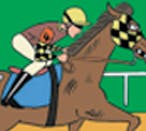
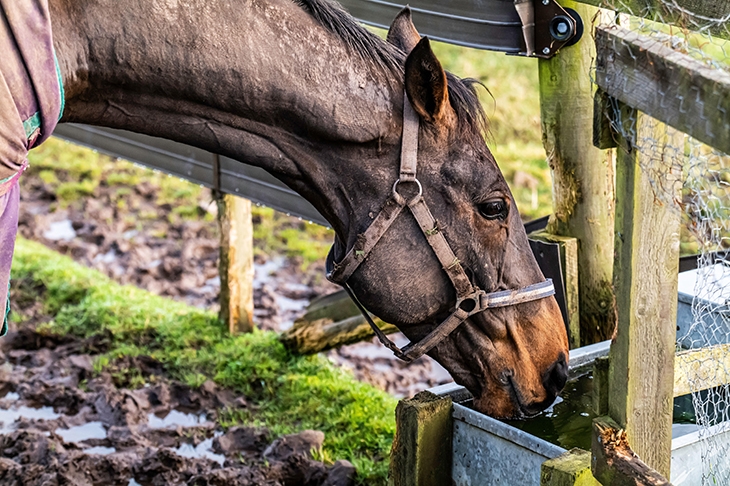
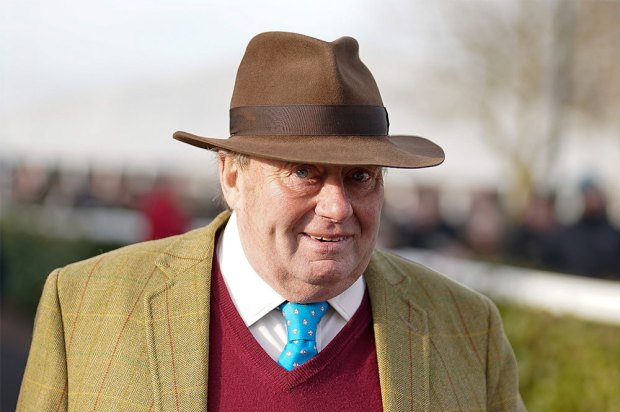
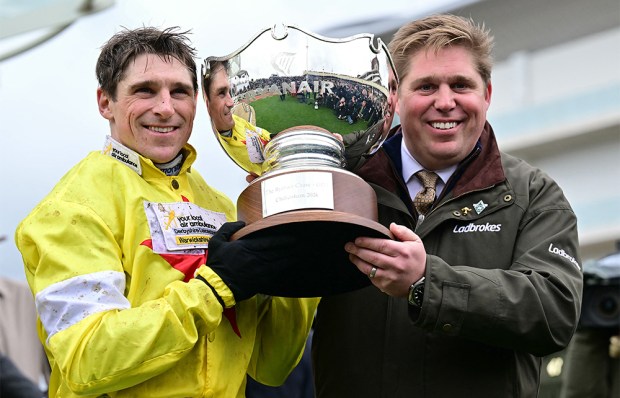
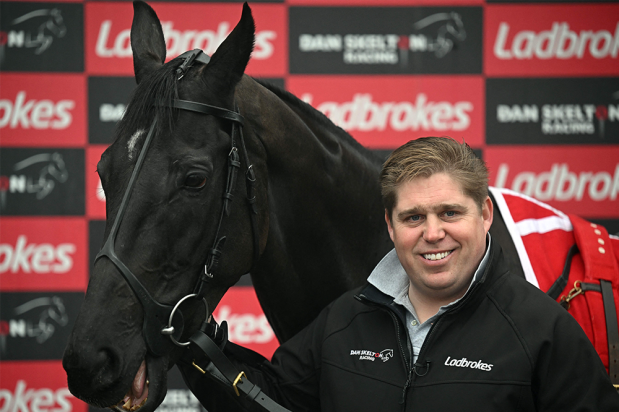
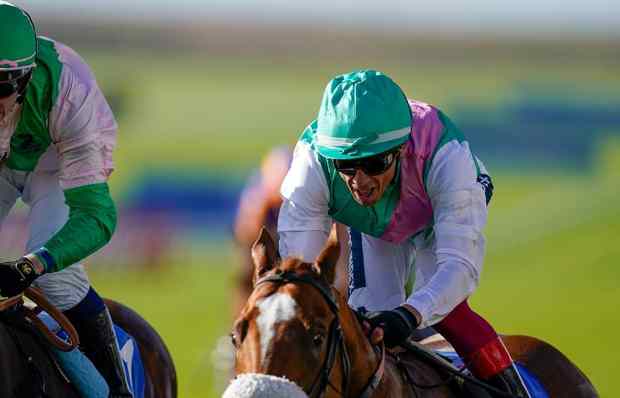
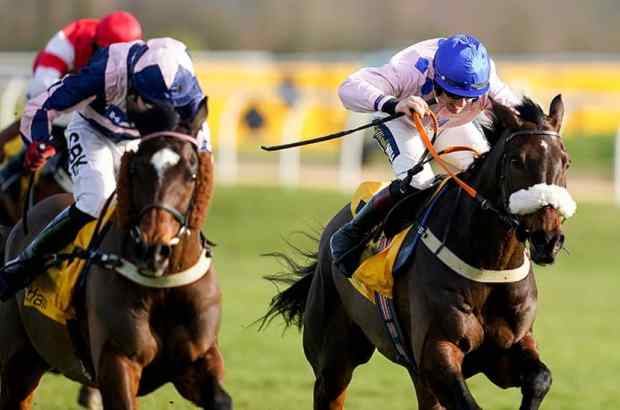
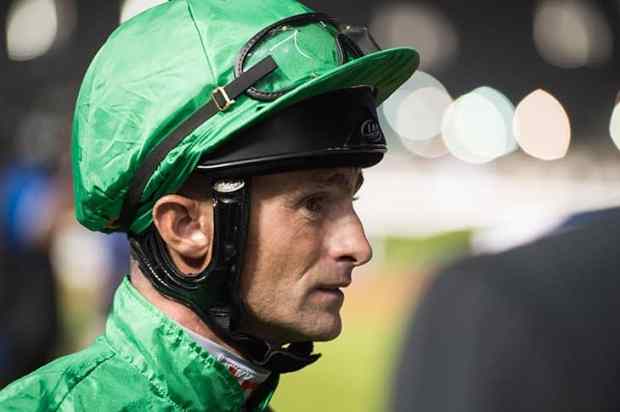






Comments
Don't miss out
Join the conversation with other Spectator Australia readers. Subscribe to leave a comment.
SUBSCRIBEAlready a subscriber? Log in